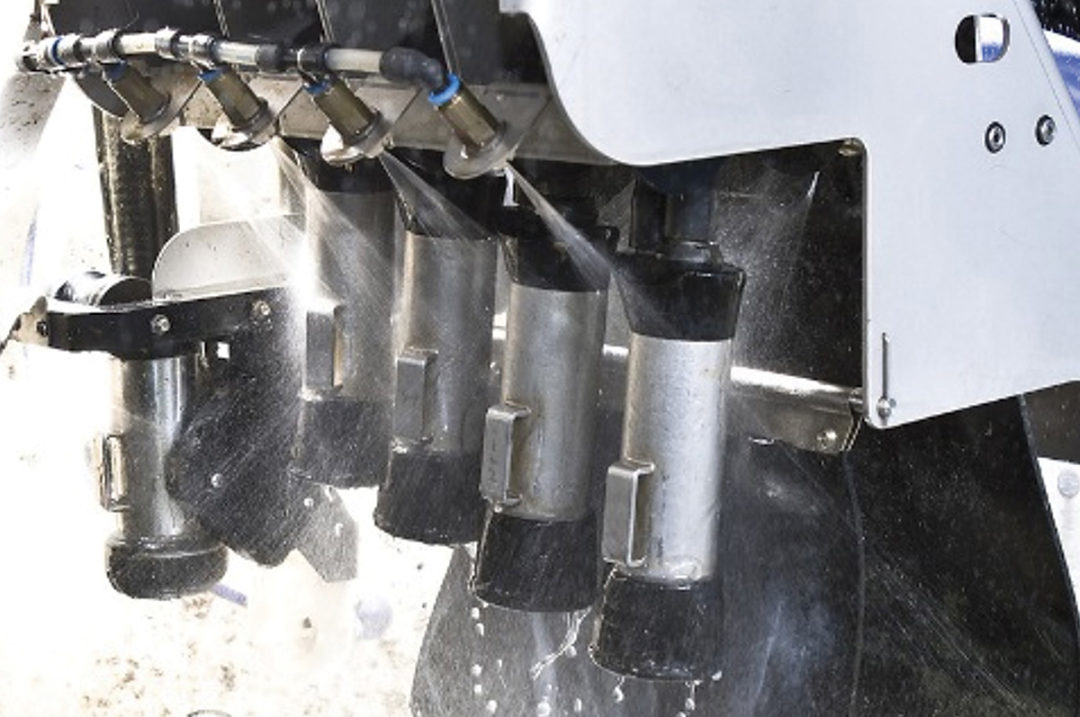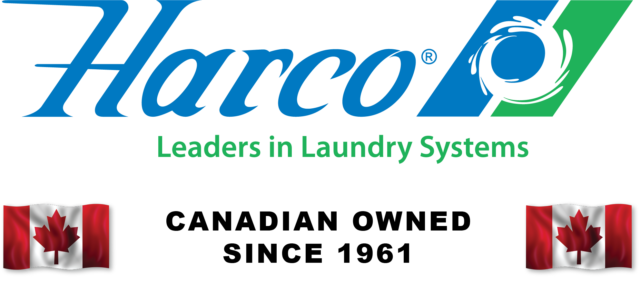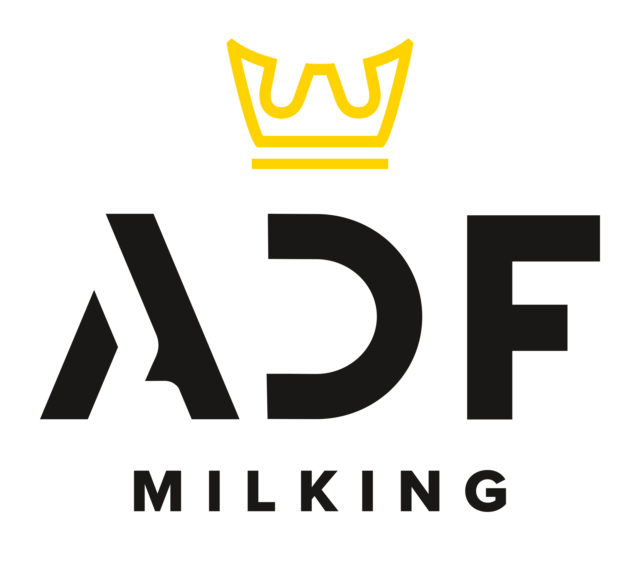Water is essential in the cleaning of milking equipment and is often overlooked as an important component in milk quality.
Water for cleaning milking systems only needs to be from a potable water source, which means that the water should be drinkable. This allows for a wide range of water sources and the quality of that water.
Water volume
Water volume is important when it comes to cleaning. There needs to be enough water to clean the milking system without running out in the system itself, and there also needs to be enough hot water volume to complete both the first rinse and the detergent cycles. The acid and the sanitizer cycles are generally completed at groundwater temperatures.
To calculate the volume of water needed to clean the system, dairy producers should speak with the manufacturer of their milking equipment or their dealers. One can also refer to the National Mastitis Council for guidance. All of these groups have calculators for determining the necessary volume of water.
Water volume is also important for deciding the size of the wash vat in a conventional milking system. The system should not draw atmospheric air in during wash cycles as it will potentially cool the temperature of the water and affect slug formation. The volume required should also be known to properly size the hot water system.
Water temperature
When looking at the steps of a wash program, the first rinse and the detergent cycle require proper temperatures. For the first rinse, the water temperature needs to be tepid or warm. The range of this temperature should be somewhere between 95ºF and 115ºF (35ºC to 46ºC). The first rinse should be diverted to drain (never recirculated) and have enough volume to divert until it is clear. If the first rinse is done correctly, it will remove 85% to 90% of the milk soil load left over from milking. If the temperature is too hot, there is a risk of baking the protein out of the milk residue, and if it is too cold, there is a risk of solidifying the milkfat so it attaches inside the system. Most cleaning systems adjust water temperature for the first rinse by one of two ways: by turning on both the cold and hot water valves at the same time, or by manipulating the water on and off with temperature probes which are seen in newer systems. Based on this, half of the first rinse volume needs to be calculated within the hot water volume.
The detergent cycle requires temperatures between 167ºF and 185ºF (75ºC to 85ºC) at the beginning of the cycle and needs to divert around 120ºF (49ºC) for the chloralkaline detergent to hold the milk solids in suspension when draining. Be sure to follow the instructions on the detergent’s label for the manufacturer’s recommended temperature for the specific product. Based on this recommendation, the hot water system should be sized three to four times the volume of water needed for the detergent cycle. This will be enough hot water for the first rinse and detergent cycle yet allow for a second wash if the system needs to be shocked following a cleaning issue. Hot water heaters for commercial applications work well as they are designed to handle the temperatures needed for cleaning.
Water quality
Minerals in the water used for cleaning can play a key role in the type of products used to complete the wash cycles. Water hardness is the amount of calcium carbonate minerals in the water, and the more of these minerals there are, the more difficult it is for the chloralkaline detergent to clean effectively. These minerals can be mitigated with a water softener or by using more costly detergents. Water with less than 8 grains of calcium carbonate is considered soft; under 4 grains is considered very soft. Water softeners are an excellent way to improve the detergents’ capabilities to clean and keep cost down. However, milk quality issues can arise if the softener is not working properly, so test the system monthly.
Manganese, iron, barium and silica are also minerals found in water that can affect cleaning. Manganese and iron can be easily tested for and are a concern at 1 to 2 parts per million (ppm). They both can be controlled by some water softeners and by limiting the use of chlorine. An acid sanitizer can be also used in place of a chlorine sanitizer.

A stainless steel elbow with copper-colored iron buildup. Photo courtesy of DeLaval.
Barium and silica are much harder to test for, so it is recommended to use an accredited lab for the testing. Barium in water at 0.02 to 0.03 ppm or greater can be a problem and cause barium sulfate to form, a white or grey chalky residue inside milking systems. This issue can be remedied with a specific wash procedure to remove the barium sulfate from the system. It is also important that the dairy uses the recommended acid product based on the water test.

A stainless steel elbow with white, chalky residue from barium sulfate. Photo courtesy of DeLaval.
Silica and silicon are very rare and usually a regional issue. Silica at more than 25 ppm and silicon at more than 11 ppm can cause issues as they can be the most difficult to remove, requiring physical polishing and buffing. If these mineral issues are present, try finding a different source of water or consult a local water expert for help. If one is testing the water, it is a good idea to include an additional test for buffering. This will test the water’s ability to resist the change in pH and help one ensure that they are using the proper amount of acid in the acid cycle.
Potable water for cleaning does not mean the water is free from bacteria. Bacteria that can be a cause for concern are Pseudomonas sp., bacticillus, prototheca and E. coli. When dealing with bacteria concerns, it is important to work with a local laboratory and to follow the appropriate sampling protocols to ensure that viable samples are taken. If sufficient bacterial loads are found, then a systematic sampling of the water system should be done to find the source point of the bacteria load. For example, one may need to replace a leaking underground pipe, replace water drop-down hoses or perform a costly water treatment depending on where the source point is located. It is important to work with someone who is versed in this area to make sure that these steps are done in the proper order to help limit cost.
Water pressure
Water flow rates are also important to milk quality. In some automated milking systems, there are flow meters that check the flow rate of the water being supplied. It is important to follow the manufacturer’s guidelines when installing these systems so that they work properly. In conventional milking systems, this can greatly affect the time it takes for cleaning. The higher the flow rate, the faster the wash vat fills, which helps to lower overall cleaning time and maintain proper temperatures. Issues that can cause lower flow rates are partially plugged water lines and plugged water filters and screens in the water valves.
When it comes to cleaning milking systems, water is a major component, yet it is the most overlooked source for potential milk quality concerns. When troubleshooting milk quality, look at all aspects of the system, including the water and the system delivering it.











